Flip A Classroom
What does it mean to flip a classroom? “Flipped learning happens when direct instruction moves from the group learning space to the individual learning space, usually via a video that the teacher creates or curates.” (Ramsey Musallam, Jon Bergmann, Crystal Kirch) By using this approach to teaching Anatomy & Physiology, it allows students to learn the introductory content in their own time, at their own pace, and in their own place. However, the videos alone do not create a successful learning experience, but rather how the teacher uses them.
Technology is a critical element in the flip classroom strategy. It allows for better use of the time when you are face-to-face with the students. This lets the teacher be more creative in the classroom making learning Anatomy more fun for students.
Looking for more ways to engage your anatomy students? Then check out The Ultimate Guide to Engaging Students to Learn Anatomy | 7 Secrets to Implement Today
What is a flip classroom?
A flip classroom rearranges the conventional order of teaching with the pursuit of creating a more rigorous learning environment. It allows for more differentiated education, which leads to them understanding the content at a deeper level than before. It also empowers students to take control of their own learning, making them better overall learners. Flip classroom teaching in anatomy provides time for more dissections, labs, hands-on activities, and discussions during class time creating a more realistic approach to learning anatomy.
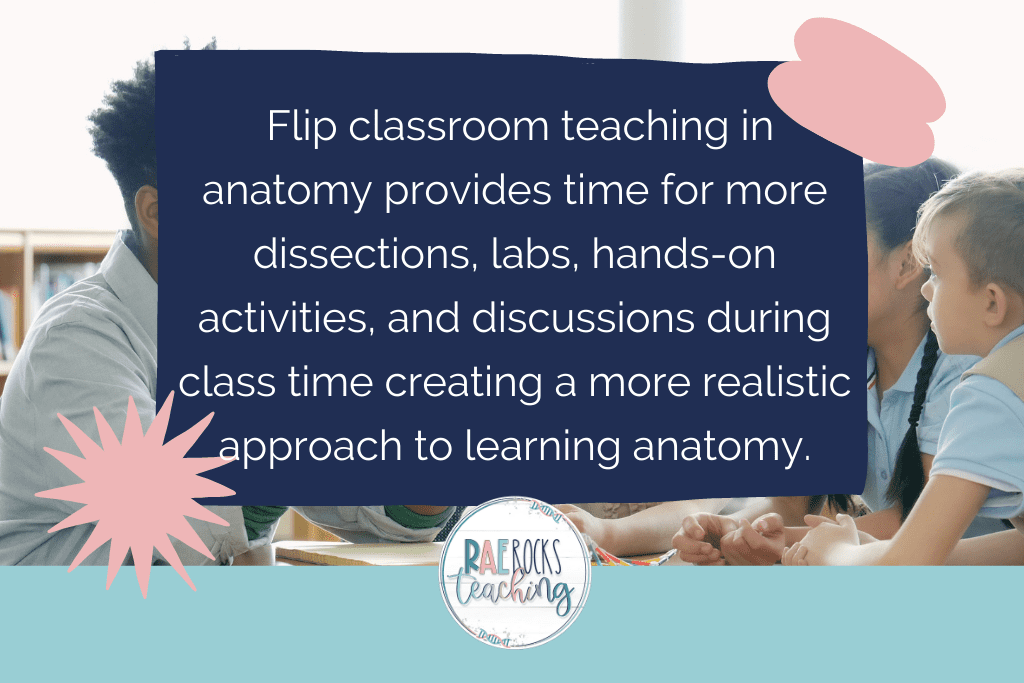
-
Save
Flip the Classroom Model
A flip the classroom model encourages moving from a teacher-centered focus to a student-centered focus. The teacher is no longer lecturing in the front of the room about content, but instead interacting with students during laboratory work during class. Students are actively learning during classtime by using their notes from the videos they watched prior to class. This method creates an environment where students can get one-on-one attention from the teacher during classroom assignments making a truly differentiated classroom.
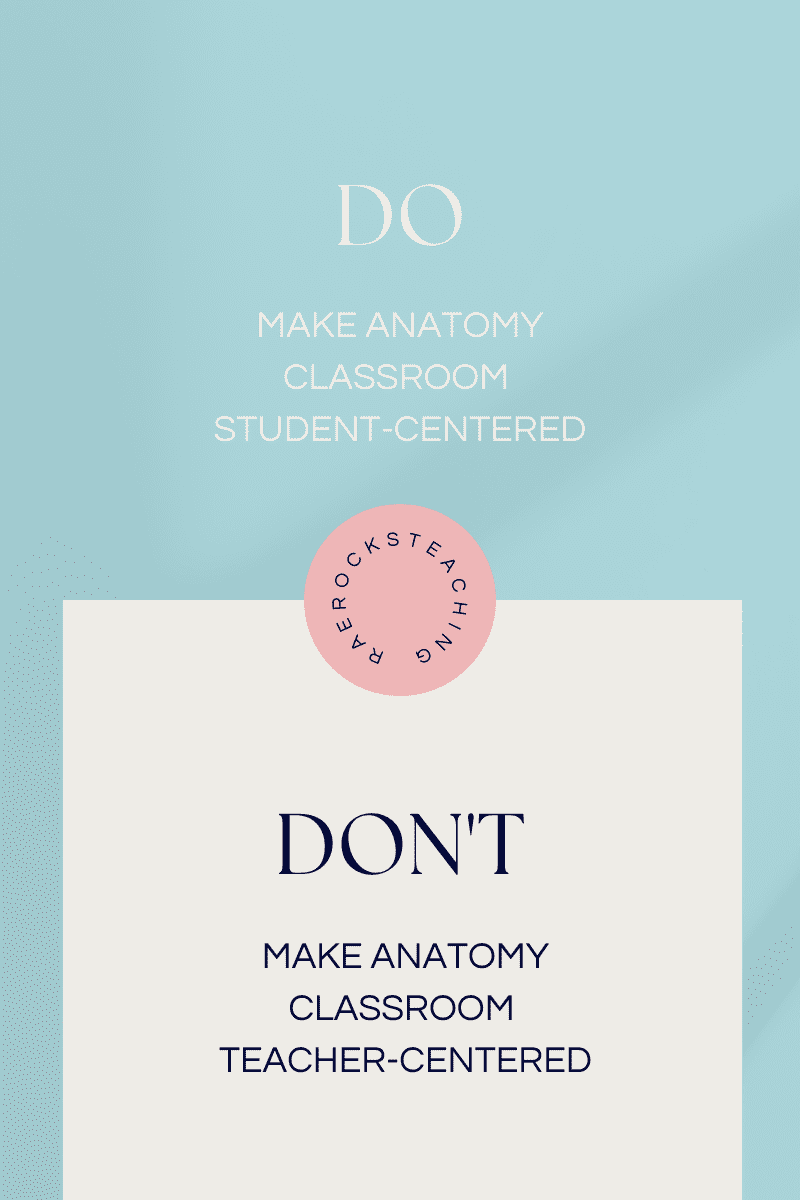
-
Save
Flip the classroom model encourages students to move away from passive learning to active learning. By having students watch a video lesson prior to class, they obtain the background knowledge before the lesson. The true learning of the content is done in-class with hands-on experiences leading to discovery and understanding.
Why Should I Flip My Classroom in Anatomy?
After several years of teaching Anatomy & Physiology, I realized that I was talking at my students more than they were actually engaging in the learning. Anatomy has robust content and it requires time to deliver the material. I stumbled across the flip classroom model and decided to give it a try. This is where the lightbulb went off in my head.
I started with one lesson and quickly realized how much better my class could be if I implemented this for every lesson. The first time I tried it I was hooked. Students watch a video and take notes on it at home. Then when they come to class, we have more time for the fun stuff. I am better able to answer their questions individually when they came across something they were confused about.
Let’s compare the traditional approach to teaching Anatomy vs the Flip Classroom approach.
Traditional Approach to Teaching Anatomy
- The teacher’s role is to lecture on anatomy topics at the front of the room, give notes, examples, and not have much time for answering specific questions. Instruction is delivered to the entire class at the same pace.
- The student’s role is to take notes at the pace of the teacher and try to keep up. Students have less time to process the material before moving on to an activity that may be cut short due to time constraints. At home, students may have practice questions but could get stuck and need the teacher’s assistance.
Flip Classroom Approach to Teaching Anatomy
- The teacher’s role is to create video lessons on a platform that is easily accessible to students and develop lab activities to deepen understanding of content.
- The student’s role is to watch the videos at home, take notes at their own pace, and write down any questions they may have for the teacher. They will use their notes in class for the assignments, ask the teacher any questions they have, and collaborate with their classmates.
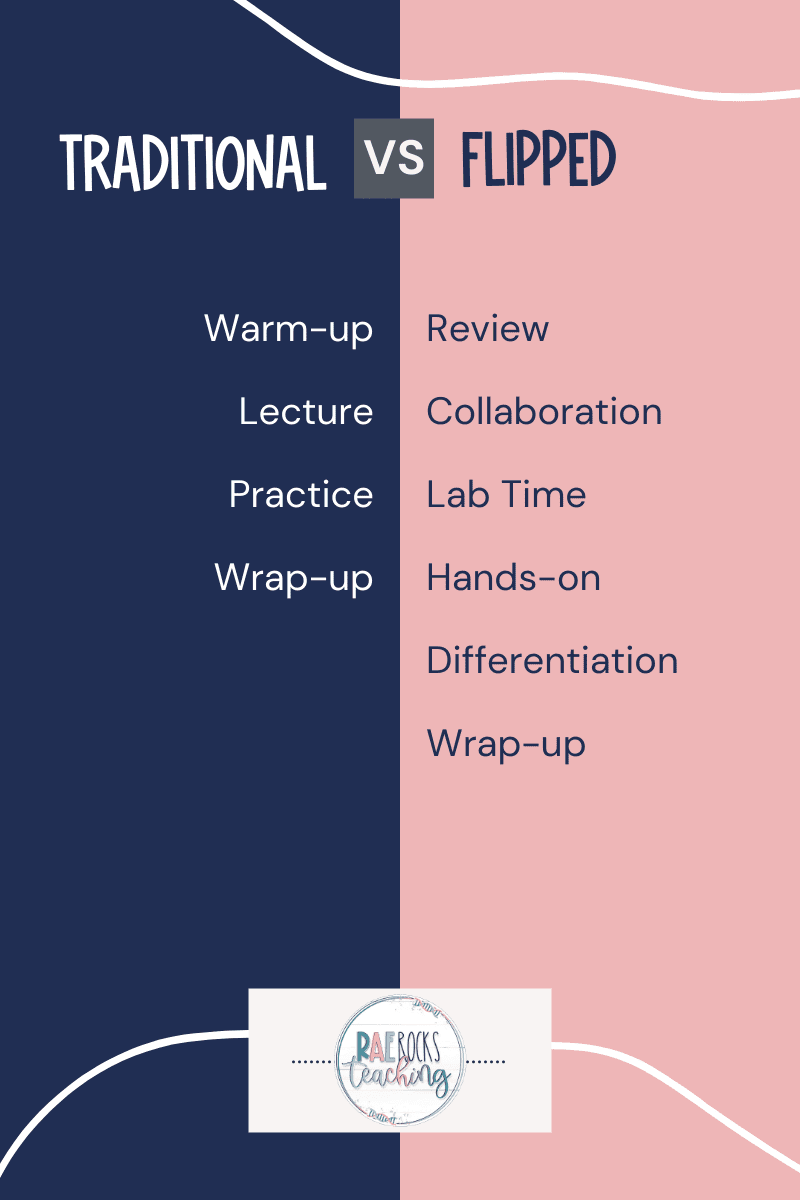
-
Save
How To Use Flipped Classroom in Anatomy
Homework Using Flip Classroom Teaching
For homework, students will be required to watch video lectures created, edited, and produced by me. I will teach them the lesson and give examples in the same way they would receive it in class. However, because the students are watching the lessons on video, they can pause, rewind, or replay any segments of the video at any time. This allows students to learn at their own pace and become more self-directed, having to know when they need to go back over a certain concept they did not fully grasp the first time it was explained.

-
Save
Each lesson is specifically designed to be around 5 to 10 minutes long, which should take your students between 15-30 minutes to watch, take notes, and reflect on what they learned. These videos can be accessed through the video platform of your choice. Because the videos are online, they can be accessed on any internet-capable device, such as a cell phone, tablet, PC, or game console.
While watching the videos, students should be taking notes either on their own or using an outline you have provided. This means students must have watched the video lesson before that class period. I will give them 2 point for me seeing all of the notes, 1 for seeing a portion of the notes, or a zero for the student having no notes.
There will still be a few nights where homework will look like regular “homework”… students will be doing review worksheets and practice problems. This generally occurs the few nights before a test. However, now students have access to the lesson online and can re-watch it if they don’t remember how to do the problems assigned in the homework.
Classwork Using Flip Classroom Teaching
When students come into class, I will check their notes while students pull out their materials. Students are expected to watch video lectures of the following day’s lesson and come up with questions to go over with their classmates. During class, students are doing activities and having discussions about the material they learned about the night before. This also allows us more time in class to review anatomical structures and study organs in preparation for our exams. Having flipped classes enables students to work with their classmates to do fun, interactive activities during class. This eliminates the boredom of just sitting listening to the teacher talk the whole class.
I found another benefit to the flipped classroom in Anatomy is students come to class prepared and ready to learn. In a fast-paced, content-heavy course like Anatomy and Physiology, it definitely helps students to be able to come to class prepared. Most often students will work in small groups and get assistance from me in a smaller group as needed. Students are encouraged to work with each other and help each other out and are constantly reminded that one of the ways they can really find out if they understand a concept is by explaining it to someone else. I am walking around from group to group, helping explain things, clarifying confusing parts, and checking for accuracy.

-
Save
In the “flipped classroom,” students still take short skills checks on concepts several times a week. In addition, there is still the opportunity for whole-class teaching and review if the large group needs to go back over a concept. However, most of the teaching now focuses on smaller groups of students who need help with certain concepts. Ultimately, leading to fully differentiated instruction and support.
Requirements for Students in a Flip the Classroom Model
In reality, a “flipped classroom” does not change the fact that students are expected to do “homework” each night. The only thing that is different is the type of “homework” that they are doing. Instead of doing assignments without really thinking, they simply have to watch a video and take notes. Students are expected to come prepared to class each day with the background knowledge of each concept, ready to learn it better, deeper, and faster. Students are not expected to have full mastery of the content before they arrive in class, although many students will be at that level.
The “flipped classroom” requires students to take responsibility for their learning in several ways:
- Each student must plan time to watch the videos when they are still fully awake. They should be alert to be able to make connections between content.
- Students must take initiative to re-watch videos they need to see it again.
- When absent, students must make sure they will still watch the required videos and come to class prepared.
- Students must take the initiative to communicate with me if there are issues with watching the videos. There is a form I provide to the students for each unit to fill out if trouble occurs.
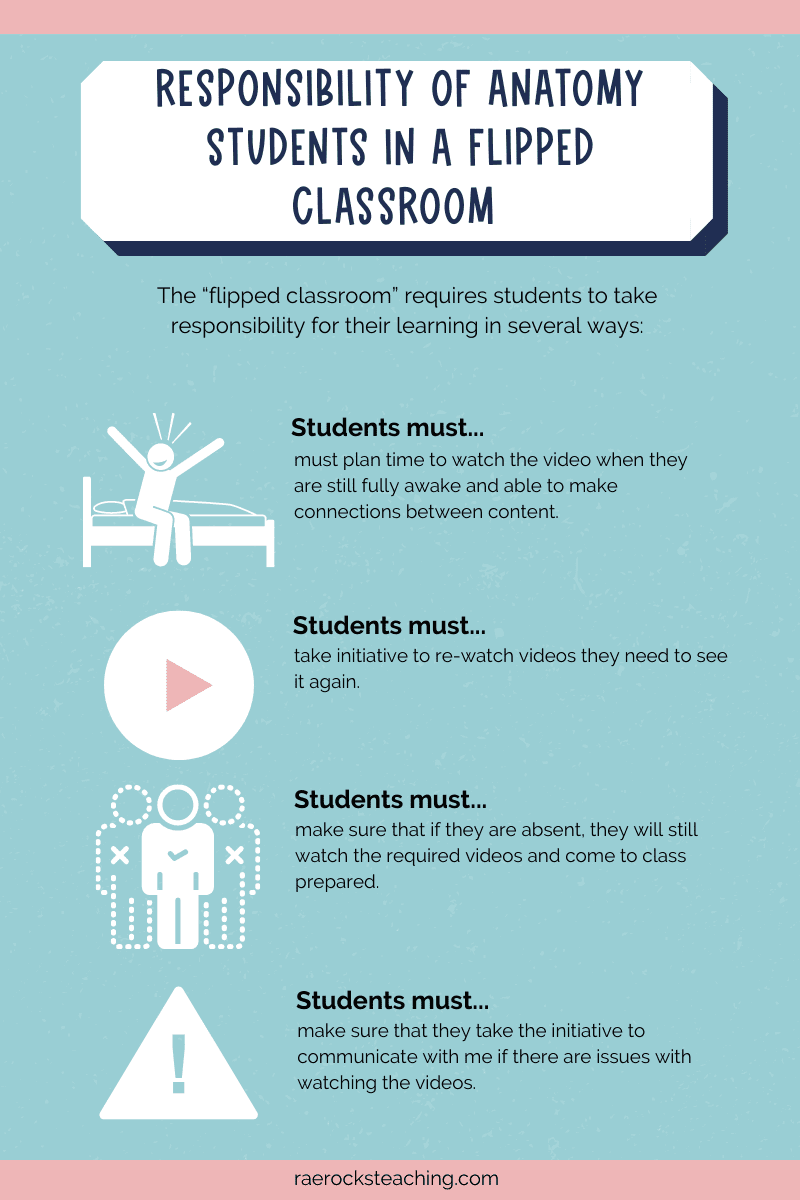
-
Save
Don’t for get to grab your FREE COPY of The Ultimate Guide to Engage Students To Learn Anatomy | 7 Secrets To Implement Today
I absolutely love sharing with y’all and would love to connect on IG or Facebook. Follow me and send me a DM with what you need more of because I’m here to help! If you are looking for even more inspiration, find me on Pinterest!
Wanna read more?
Back to School Activities for Science? How To Get Anatomy Students Hooked!
A Guaranteed Way to Teach the Flow of Blood Through the Heart Steps
The Most Exciting Endocrine System Function Project Idea for Anatomy
Share via:

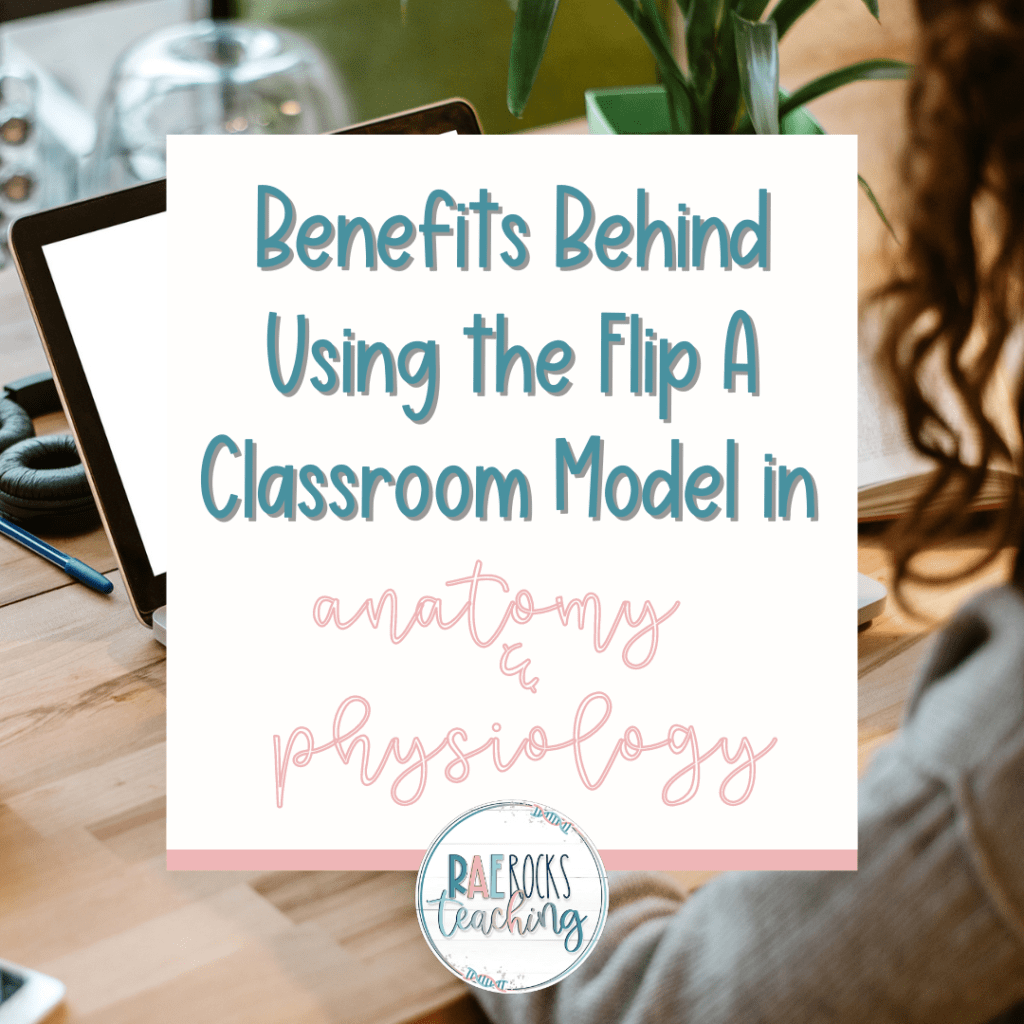
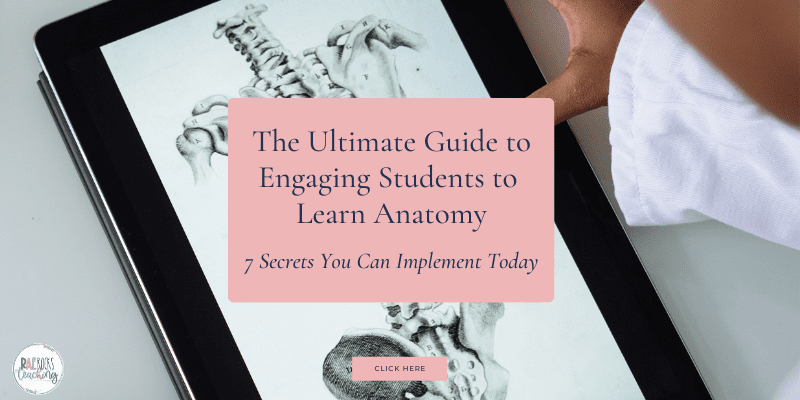







5 Responses
I’m interested in flipping the classroom. However what do I do if they don’t watch the video and do the notes?
What if the student doesn’t have internet at home? Where I live we have poor rural students.
What do I use to make the videos? My school doesn’t have any subscription to something to make the videos.
Hey! There are ways to get around all of these issues. You could do short in-class flips as an assignment. You could also have them use their notes from a video for an open note quiz. To make the videos I suggest the free version of ScreenPal.